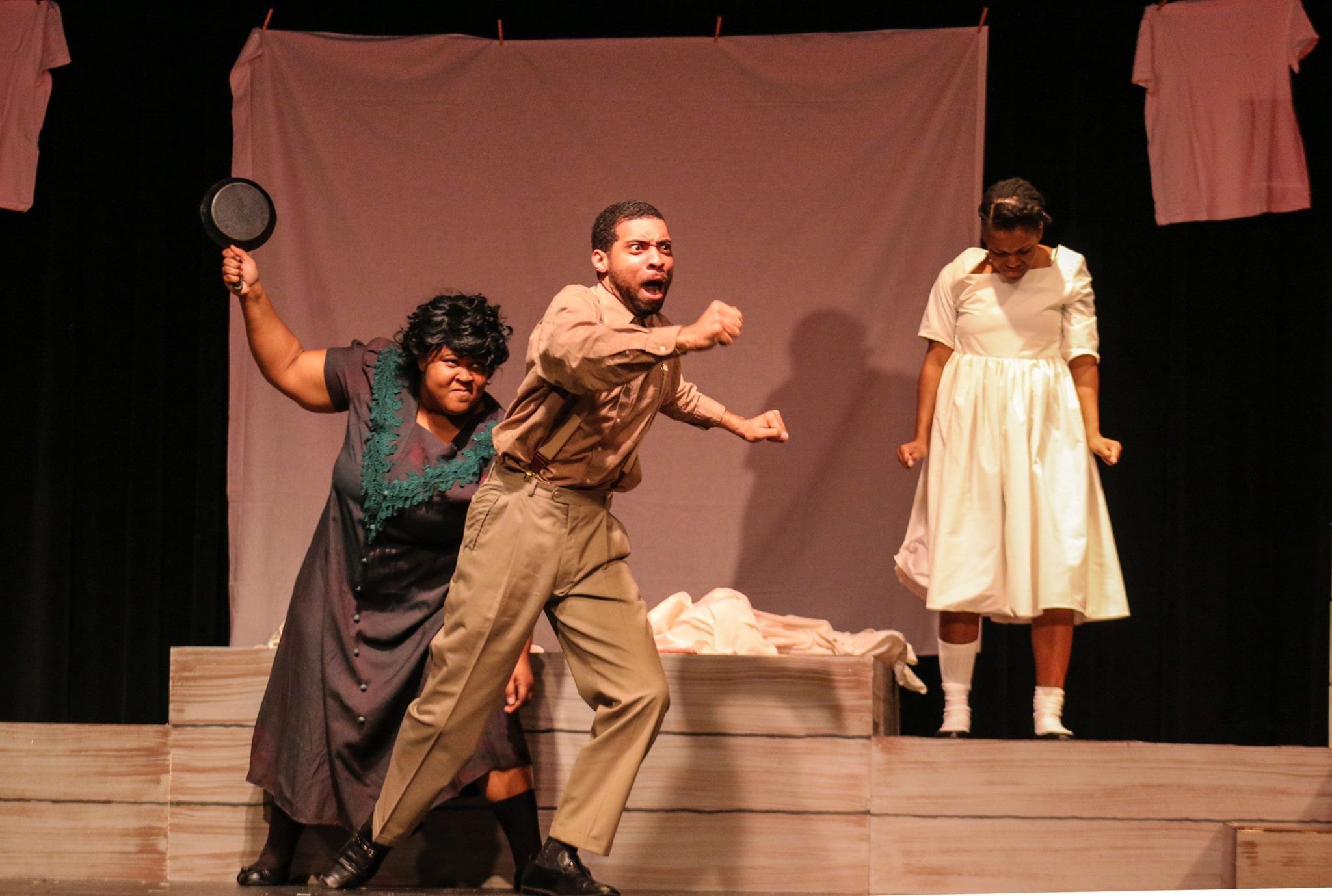
Key terms: The Bluest Eye internalized racism cultural ideals white-de? ned beauty cultural in? uence Intoduction Set in Toni Morrison’s hometown of Lorain, Ohio, Morrison’s. Beloved (Everymans Library) by Toni Morrison Hardcover 18.29. Only after fully comprehending the in? uences that touch and shape the lives of the whole community, can people strive to combat the defective symbols and grow to their fullest potential. This item: The Bluest Eye by Toni Morrison Hardcover 31.99. This paper directs a critical gaze at the symbols of the dominant white culture that provides the prevailing images of self-identity. The focal character, Pecola, in The Bluest Eye is victimized by a society that conditions her to believe that she is ugly and therefore worthless, because she doesn’t epitomize white Western culture’s ideas of beauty. By illustrating the in? uence of cultural ideals and approaching different psychical responses, this paper shows how racial oppression works in the form of white-de? ned beauty internalization and explains its damaging effect on African-Americans. For all races and for all individuals, it is critical to fully understand how society in? ences our values and beliefs.
#The bluest eye skin
This paper tries to show how cultural ideals based on skin color and physical features function as tools of racial oppression. The characters are subject to an internalized set of values which creates its own cycle of victimization. The Bluest Eye presents a more complicated portrait of racism.

rst novel, The Bluest Eye is a novel about racism, yet there are relatively few instances of the direct oppression. More directly, the sexual violation of Pecola is connected to the sexual violation of Cholly by whites who view his loss of virginity as entertainment.Ībstract: Toni Morrison’s. The general sense of precariousness of the black community during the Great Depression, in comparison with the relative affluence of the whites in the novel, reminds us of the link between race and class. Racism also affects the characters of the novel in other indirect ways. The black community in the novel has accepted white standards of beauty, judging Maureen’s light skin to be attractive and Pecola’s dark skin to be ugly.Ĭlaudia can sense the destructiveness of this idea and rebels against it when she destroys her white doll and imagines Pecola’s unborn baby as beautiful. The characters do experience direct oppression, but more routinely they are subject to an internalized set of values that creates its own cycle of victimization within families and the neighborhood. At the end of the novel Claudia and Frieda overhear snippets of gossip about the Breedloves that summarise the social consequences of this imposition: none of them seem ‘right’ they don’t have relatives they are ugly.Unlike To Kill a Mockingbird, in which an African-American is persecuted by whites simply on the basis of skin color, The Bluest Eye presents a more complicated portrayal of racism.

This introduces the major theme of The Bluest Eye, that the white voice is inappropriate to dictate the contours of African-American life. In its preface, which provides an introduction to some of the chapters, extracts from a Dick-Jane American primer present a standardised, white American family embracing Euro-American views of beauty and happiness. At the outset of the novel Morrison adapts the eighteenth and nineteenth-century convention whereby work by a black American often carried a preface from a white writer confirming the authenticity of the black authorship.

But even a casual reader cannot help but notice that there is more to the book than this. Ostensibly The Bluest Eye is about a lonely, victimised, black girl, Pecola Breedlove, who is driven insane by her desire to have white skin, blonde hair and blue eyes, and the interplay between her disintegration and a number of black characters who are more fully integrated into white society. The innovatory nature of Morrison’s first two novels is derived from the ways in which their radical content is allowed to determine their experiment with form.


 0 kommentar(er)
0 kommentar(er)
